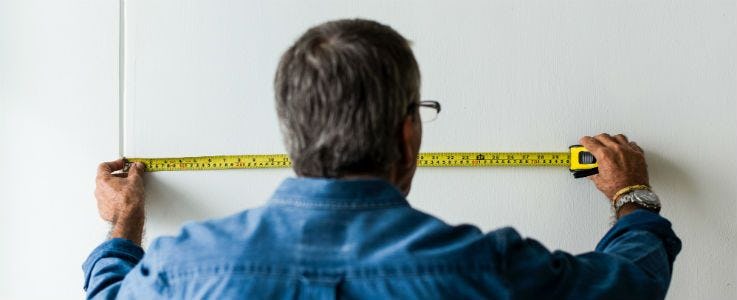If your parents are aging, they might be having trouble living in their home, and you may be wondering how you can help them. The answer could be as simple as renovating their property. A remodel will help your parents feel more comfortable and could mean you won't have to worry about them or make as many visits to help with the normal activities of daily life.
Aging inevitably involves physical impairments. Maybe your parents are struggling to climb the stairs or can't reach the shelves in their kitchen or closets. Maybe they can't hear the doorbell or see who's at the front door. Using the toilet, taking a bath or shower or doing laundry may be challenging.
These difficulties aren't just facts of life, they're also safety hazards. Each year, more than one in every four people aged 65 or older suffers a fall, according to Centers for Disease Control and Prevention. Falls can cause broken bones, fractures, and head injuries. And once someone this age has fallen, their chances of falling again doubles.
Aging-in-place renovations
Home renovation ideas abound, but which alterations make sense for your parents? To help you assess their situation, the National Association of Home Builders offers an Aging-In-Place Design Checklist that includes more than 100 projects for every part of the home from the exterior to the garage.
Examples include:
Widening doors and hallways
Installing non-slip flooring
Lowering windows
Adding ramps and handrails
Making counter heights adjustable
Installing pull-down shelving
Installing grab bars in showers and tubs
Updating lighting inside closets
Renovations that incorporate technology can also help. USA Today recommends indoor cameras, programmable thermostats, a video doorbell, and smart light switches to help older adults age in place.
Renovate or move – comparing the costs
There is always the option of leaving the home that needs updates, but renovating your parents' home could be cheaper than moving them to another house (which might also need renovations) or moving them into an assisted living facility. The average monthly cost for a one-bedroom unit in an assisted living facility in 2016 was $3,628, according to the U.S. Department of Health and Human Services
Paying for renovations one at a time may seem smart, but this approach can turn out to be more stressful, time-consuming, and expensive than doing everything all at once. A reputable contractor can help you plan your renovations, give you advice and cost estimates, hire subcontractors, and oversee the work to make sure it's done well and the way your parents want.
Financing aging-in-place renovations
Renovating your parents' home may sound expensive, but it could cost less than you'd imagine. And, there's a good way to finance it: a home equity loan. With a home equity loan, you'll get a lump sum and make a fixed payment every month for a set term.
A home equity loan makes sense if you need funds for a one-time event, prefer a fixed interest rate, and want a lump sum of money, says MyFICO.com.
Home equity is a smart way to finance renovations because funds invested in a home can make it more valuable. There's also an income tax deduction opportunity.
Getting started
If you think renovating is a good option, the next step is to ask your parents what problems they're having or are worried about having in their home. It may help to provide them information on the challenges other aging adults face.
Once you have spoken to them and established the need for change, determine the best way to finance the project.
